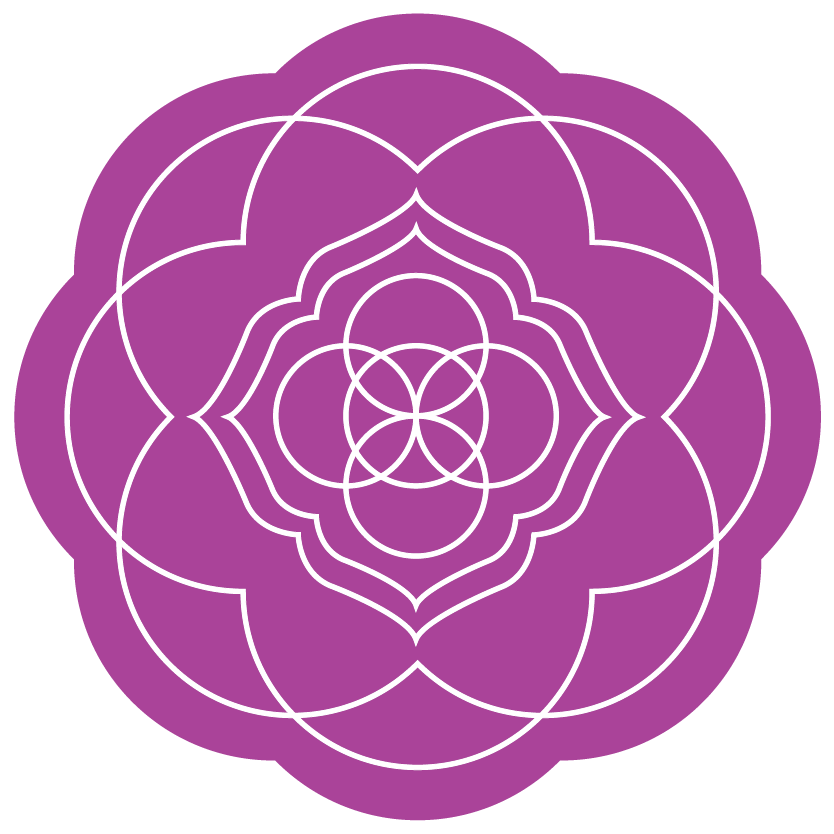What Is the Health Triangle? A Practical Guide to Sustainable Self-Care
On the never-ending list of adulthood responsibilities, do you find your personal wellbeing often falling to the bottom?
Inattention to our own well-being can feel easier in a given moment, as it might allow us to be very productive in other areas for a period of time, or cause less friction in our relationships. At some point, this catches up with us, and we might find ourselves burnt-out, lacking motivation, and/or lashing out on those we feel safest with.
The Health Triangle is a therapeutic tool that can help us include self-care on low-energy and low-time days.
The Health Triangle breaks down “wellbeing” into 3 categories: Physical, Social, and Mental. When we are not feeling fulfilled in any one of these areas, our overall sense of wellbeing becomes unbalanced. When we are overwhelmed in any one of these areas, we may not have energy left for others, still leaving us off-balance.
The Health Triangle can help in several ways:
Checking in: Identifying which area(s) are well cared for, which area(s) are in need of more attention, and which area(s) are overstimulated.
Deciding what to do: Having a tangible list of options that target each area reduces decision-fatigue.
Joy of task completion: Choosing a low/mid/high energy option in any category still gets the job done, encouraging the brain’s motivation and accomplishment feelings!
Momentum in self-care
When many of us think of self-care, our mind goes straight to the ideal version we hope to achieve. It can feel counterintuitive to consider basic care tasks and brief activities to be enriching for overall health and wellbeing. It’s important to remember that our brains thrive off of our most recent successes! Keep the momentum going on challenging days by engaging in simple and familiar routines. This allows the brain to experience success often in self-care efforts, and build on these successes through repetition.
Make your own Health Triangle!
You might like to get the craft supplies out for personalizing your Health Triangle, but a simple pen and paper work just as well. Start by drawing your triangle in the center, then label each side: Physical, Social, Mental. Next to each side, start to list activities that stimulate that part of you. This may include things currently in your daily routine, things you’ve done in the past, and ideas you have for the future.
As you jot down these lists, you might start thinking about these activities on a spectrum from low-energy to high-energy, referring to what is required of you to engage in the activity.
Which activities…
require a lot of energy?
feel draining when I’m not in the right mood?
are accessible to me even on my lowest energy days?
Using color coding, chronological order, or starting on a fresh page, organize these activities on a spectrum.
Here are example lists, organized on a spectrum from low-energy to high-energy:
Physical
Brush teeth
1 minute stretch break during the workday
Drink a glass of water
Sleep 7-9 hours overnight
Self-massage tense areas
Practice yoga
Take a walk
At home strength training workout
Attend a workout class
Social
Greet at least 1 person during daily commute
Share quiet time together with partner/close friend
Reply to a few text messages
Go out for coffee/meal with a friend
Host friends in your home for a game night
Attend an event (concert, craft show, etc.)
Reach out to a new friend in effort to deepen the relationship
Mental
Sing a favorite song
Spend time with pets
5 mins of sunshine
Belly breathe for 5 minutes
Delay screen time by 1 hour
Read a book for 30 minutes
Cook a nourishing meal from scratch
Practice a new skill (foreign language, musical instrument, etc.)
Engage in creative practice (doodling, crocheting, etc.)
Implementing small, fulfilling activities in each of these categories can help reduce emotional activation and improve overall sense of balance. Consider what activities you already do (or have done) that stimulate these parts of you. Consider what these activities could look like if reduced down for a low-energy day (think of each category as a spectrum). Get curious about how these activities can reliably become a part of your day-to-day routine.
Using the Health Triangle day-to-day
How to use the Health Triangle depends on your unique support needs. If you feel satisfaction from drawing a line through to-do list items, consider creating a daily check-list for your Health Triangle and set a goal to complete one item from each category. If self care is “out of sight, out of mind” for you, consider displaying your Health Triangle in your home as a reminder throughout your daily routine. You might find that the practice of creating your Health Triangle is all you need to get clear on balancing your self-care routine, so don’t bog yourself down with a daily check-list that might just feel like another task.
The key to a well-balanced and attainable Health Triangle is tailoring it to your needs, desires, and goals.


